Iran’s Reformist VP Ousted: A Door Closes to the West
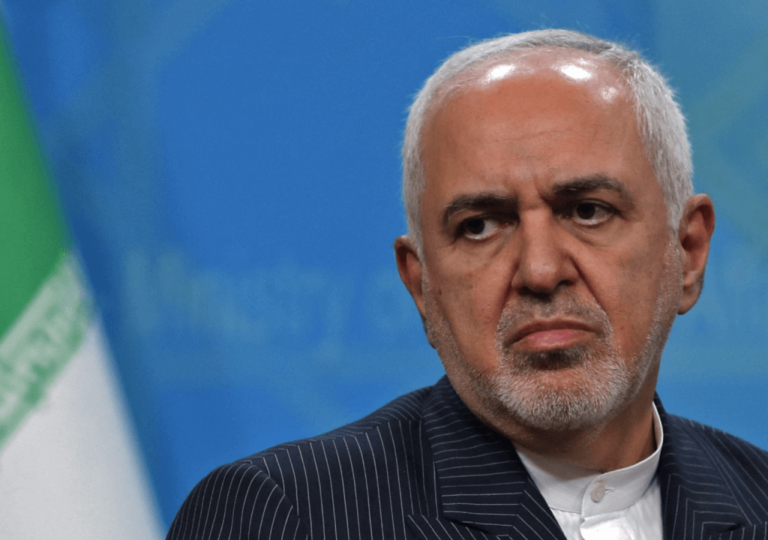
Iran’s reformist vice president has been removed, signaling a shift toward conservative control and a weakening chance of diplomacy with the West.

Iran’s reformist vice president has been removed, signaling a shift toward conservative control and a weakening chance of diplomacy with the West.
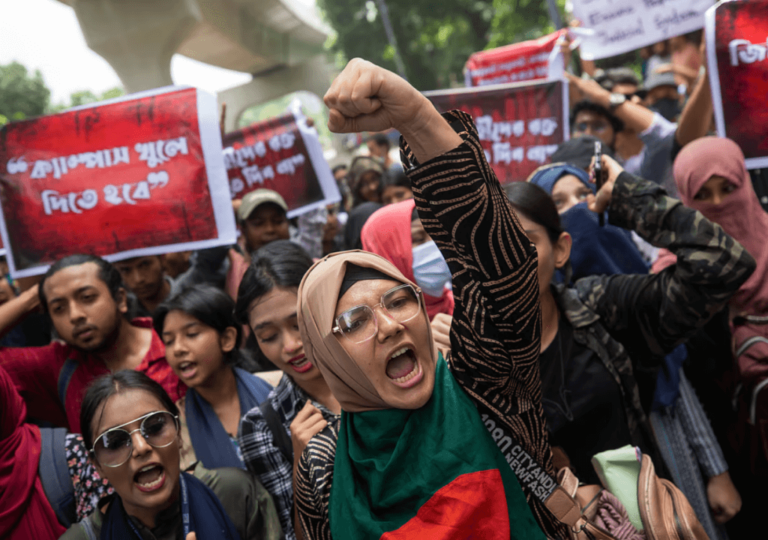
A student-led political party is preparing to challenge established forces in the next general election. Will these former activists drive real change or stir further unrest?
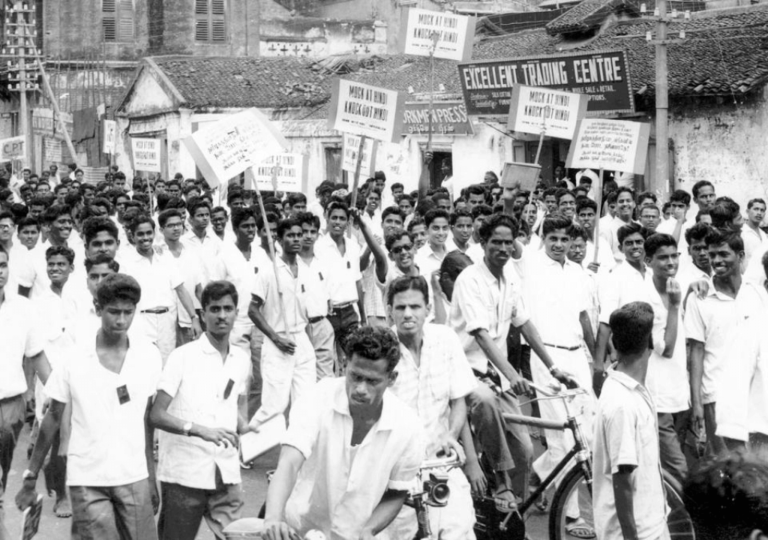
India’s language divide is becoming more pronounced, sparking political and cultural tensions. Is the nation heading toward a deeper crisis?
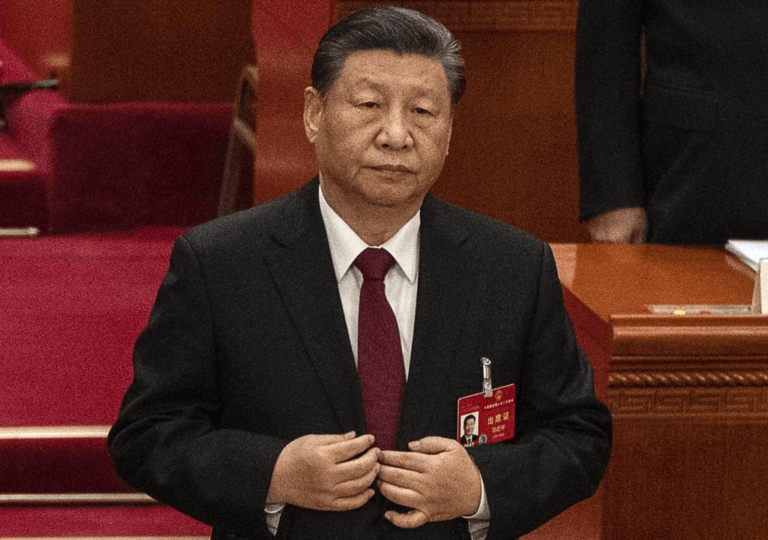
As the U.S. pulls back from its global role, can China step up as the new world leader?
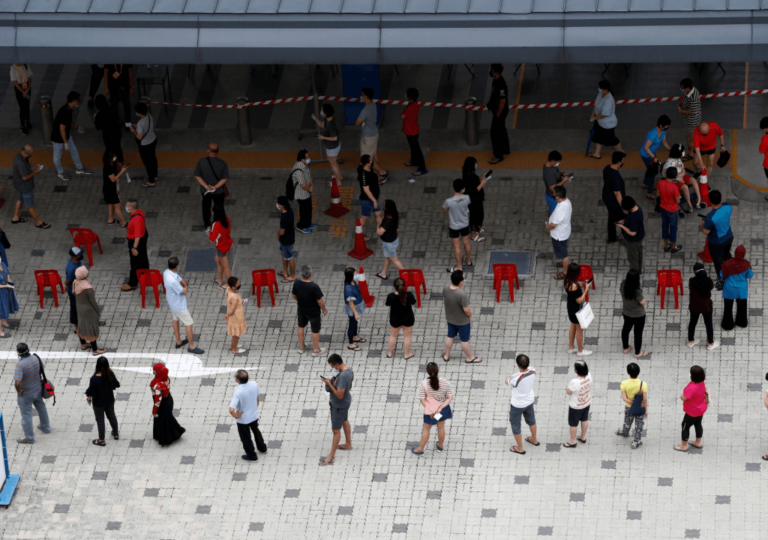
As the 2025 elections approach, experts predict a surge in multi-way battles in GRCs
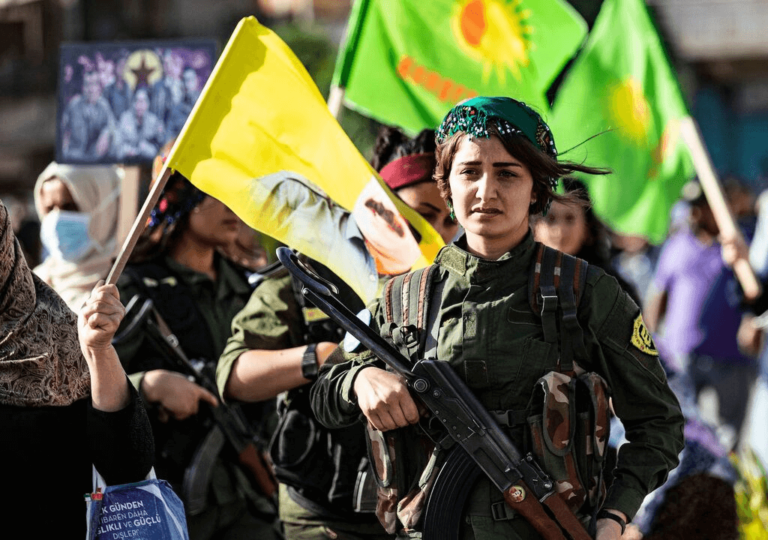
The PKK has laid down its arms after decades of conflict with Turkey. What does this mean for the future of Kurdish-Turkish relations?
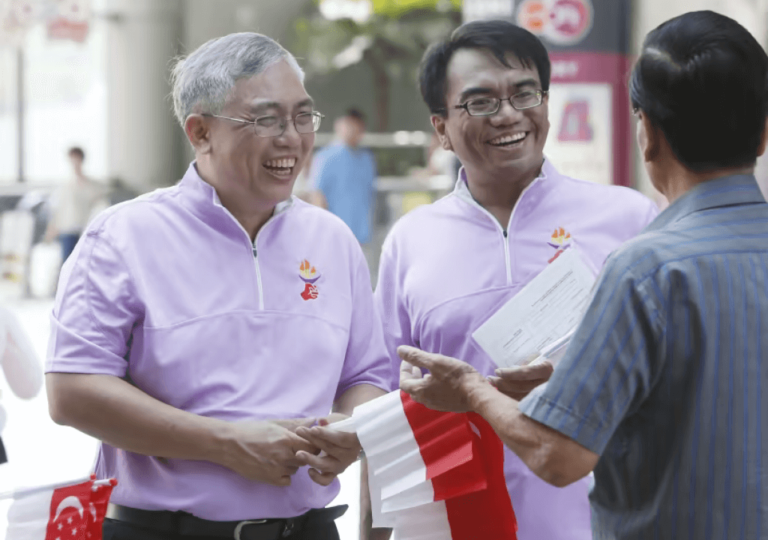
The People’s Power Party has withdrawn from the opposition alliance. Is this just another setback for Singapore’s opposition?

As relations with Afghanistan deteriorate, Pakistan intensifies its crackdown on Afghan refugees, heightening tensions with Kabul.
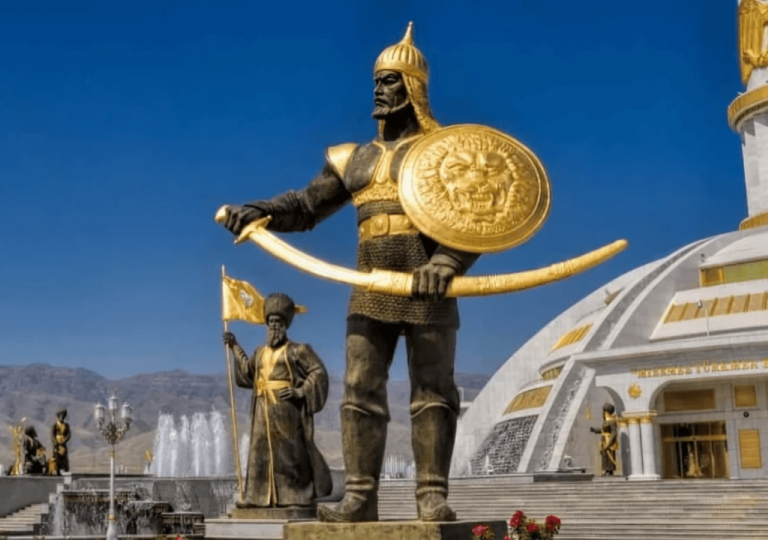
Turkmenistan is pushing to integrate into the Middle Corridor trade routes, seeking to expand its economic influence and boost regional connectivity. Will it succeed in reshaping its role in Eurasian trade?
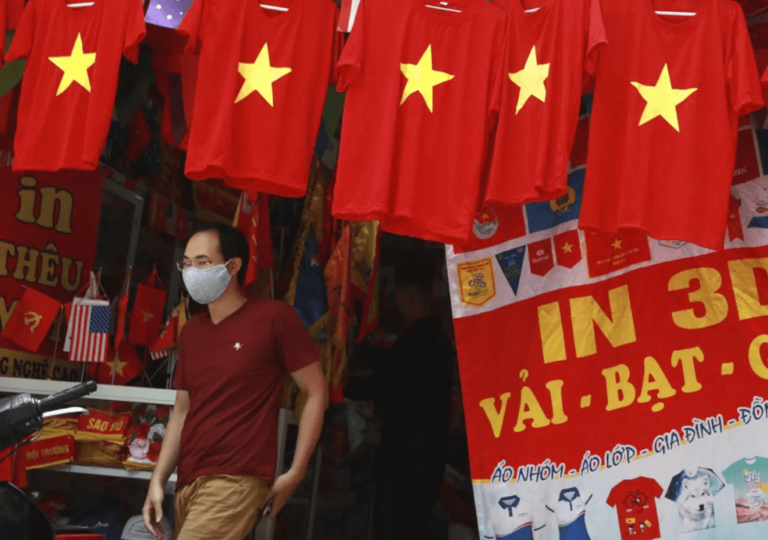
Vietnam, long affected by bureaucracy, inefficiency, and corruption, is taking bold steps to reform its governance, aiming for political and economic growth.